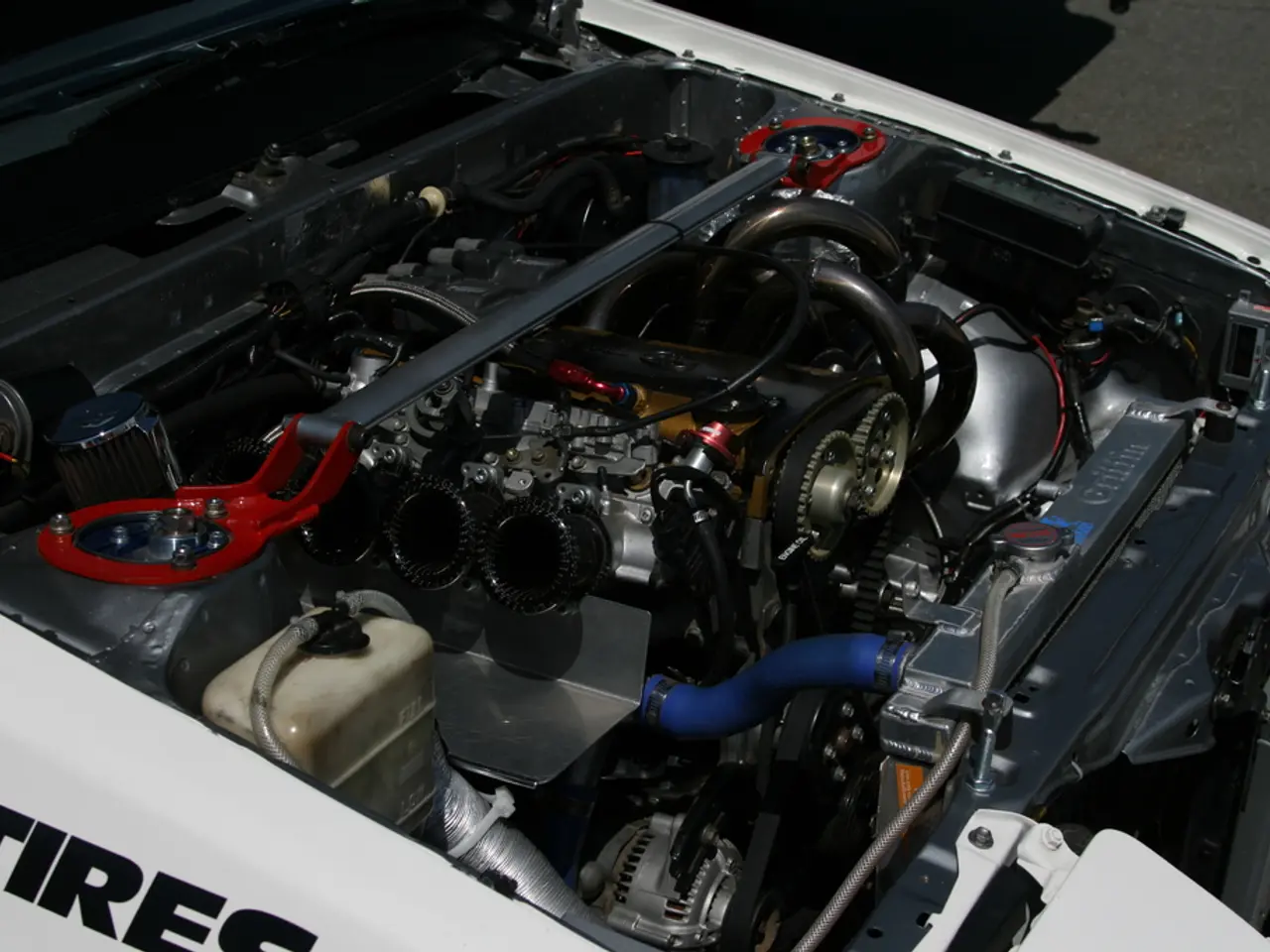Possible Loss of Highly Profitable $325 Million Revenue Stream for Rivian
Rivian Automotive, the electric vehicle (EV) manufacturer known for its R1T pickup and upcoming R2 SUV models, is facing a significant change in its financial landscape due to the proposed elimination of federal regulatory credits. This move, part of the recently signed "Big Beautiful Bill," could potentially impact Rivian's revenue and profitability in the near to medium term.
Rivian benefits significantly from federal EV tax credits, which offer up to $7,500 per vehicle sold. These tax credits act as a critical price incentive for buyers, given Rivian's starting vehicle prices around $67,000. The impending removal of these credits by the end of 2025 threatens to increase the effective purchase price of Rivian vehicles, potentially reducing demand and sales volume.
Beyond consumer tax credits, Rivian also generates "free" income by selling automotive regulatory credits. These credits, which contributed to positive gross margins in recent quarters, could also be eliminated, removing a valuable revenue stream for Rivian and potentially hurting its profitability. Analysts estimate that around 75% of Rivian's credit sales stem from federal programs, which could potentially result in a reduction of around $120 million in credit sales and profit for the company.
However, some analysts argue that pure EV-focused automakers like Rivian may benefit relative to legacy automakers (GM, Ford, Hyundai) who might pull back on EV investment without incentives. This could allow Rivian to gain market share even as the overall market softens.
Despite these potential benefits, the net effect of eliminating federal regulatory credits is expected to be negative for Rivian's revenue and profit in the near to medium term. In 2024, Rivian generated $325 million in revenue from the sale of automotive regulatory credits. Without these credits, Rivian would have produced a sizable negative gross profit in the fourth quarter of 2024. The company’s ability to raise prices or reduce costs to offset these impacts remains uncertain.
Moreover, the elimination of federal regulatory credits could potentially lengthen Rivian’s growth timeline. To keep the launch of its mass market vehicles on schedule, Rivian may need to shelve some growth initiatives due to less cash availability.
Despite these challenges, Rivian is not giving up. The company expects to begin production of three new vehicles priced under $50,000 early next year, aiming to cater to a wider market and increase demand. Trading at just 2.8 times sales, expectations for Rivian are already low, indicating a potential for growth in the future.
In conclusion, the elimination of federal regulatory credits will likely reduce Rivian’s revenue and profit by decreasing vehicle demand through lost tax incentives and removing a profitable stream from credit sales. However, it may also create market share opportunities relative to less EV-focused competitors, though the overall financial impact is expected to be adverse until the EV market matures or other supports emerge.
- The elimination of federal regulatory credits could potentially increase the effective purchase price of Rivian vehicles, potentially reducing demand and sales volume due to the removal of a critical price incentive.
- Beyond consumer tax credits, Rivian also generates revenue by selling automotive regulatory credits, which contributes to positive gross margins and could potentially be eliminated, removing a valuable revenue stream for the company.
- The impending removal of federal EV tax credits could lengthen Rivian’s growth timeline, as the company may need to shelve some growth initiatives due to less cash availability, potentially delaying the launch of mass market vehicles.




